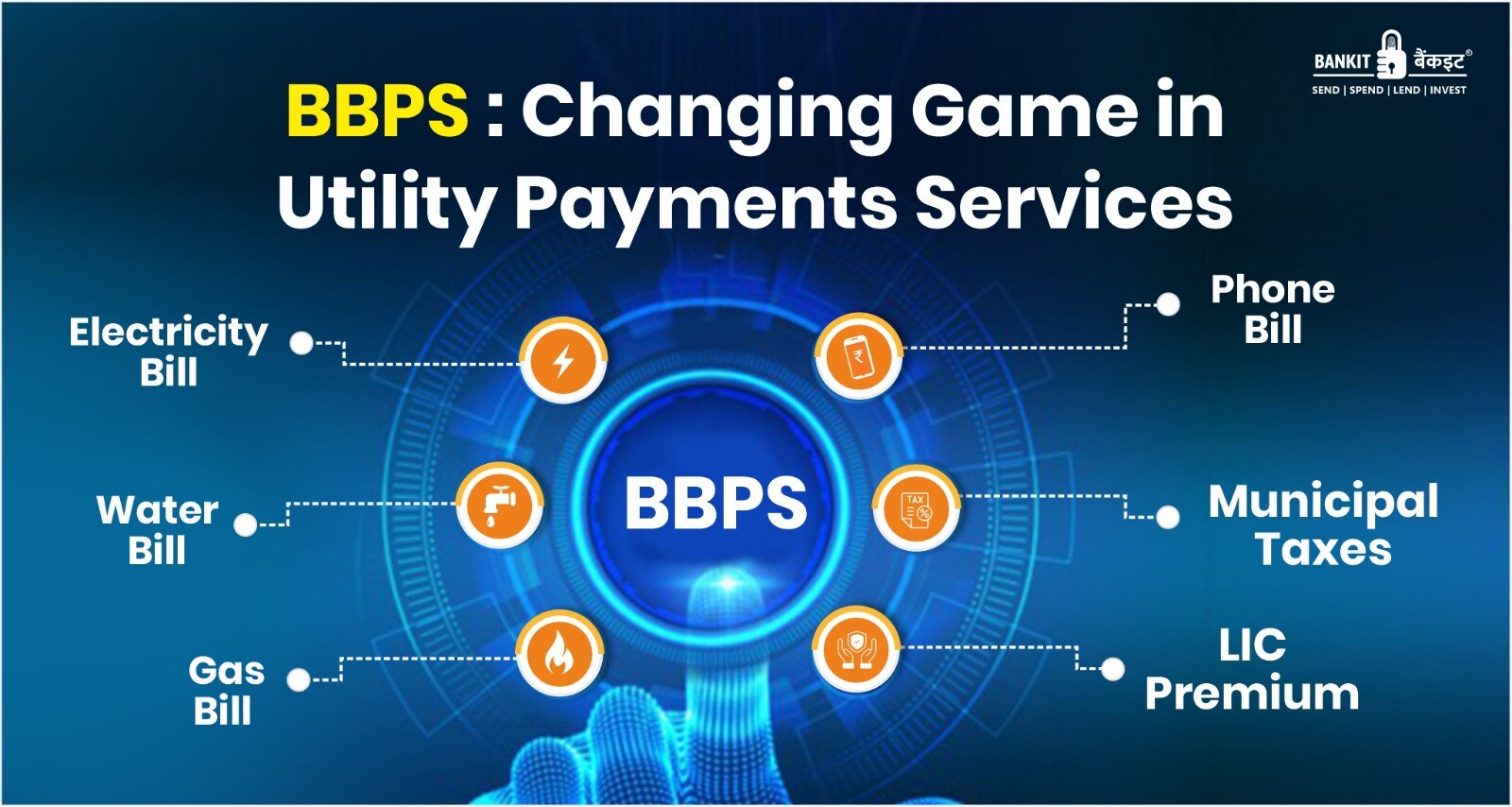Driving Financial Inclusion in India: The AePS Revolution

Discover how the Aadhaar-enabled Payment System (AePS) is transforming financial inclusion in India and providing access to banking services for all.
Understanding Financial Inclusion in India
Financial inclusion refers to the accessibility and availability of financial services to individuals and businesses, especially those who are traditionally unbanked or underbanked. In India, a significant portion of the population falls under this category, lacking access to formal banking services.
This lack of access to banking services can have various consequences. It limits their ability to save money, make transactions, access credit, and protect themselves from financial risks. It also hinders economic growth and development.
To address this issue, the Indian government has been actively promoting financial inclusion through various initiatives and policies. These efforts aim to provide banking services to all segments of society, including those in rural and remote areas.
Introduction to AePS and its Impact
The Aadhaar-enabled Payment System (AePS) is a revolutionary initiative that has played a significant role in driving financial inclusion in India. It leverages the Aadhaar biometric authentication system, which assigns a unique identification number to each Indian resident.
AePS allows individuals to access banking services, such as cash withdrawals, balance inquiries, and fund transfers, through micro-ATMs using their Aadhaar number and fingerprint authentication. This eliminates the need for physical bank branches and enables individuals to perform banking transactions in their own communities.
The impact of AePS has been tremendous. It has expanded financial access to millions of unbanked individuals and reduced their dependence on cash-based transactions. With AePS, people can now conveniently and securely transact using their Aadhaar number, even if they don't have a formal bank account.
Benefits of AePS for Financial Inclusion
The implementation of AePS has brought several benefits for financial inclusion in India:
- Increased accessibility: AePS has made banking services easily accessible to individuals in remote and underserved areas. Micro-ATMs equipped with AePS technology have been deployed in villages and small towns, allowing residents to conveniently perform banking transactions.
- Reduced costs: AePS eliminates the need for physical bank branches, reducing infrastructure and operational costs. This enables banks to provide services to unbanked individuals at a lower cost.
- Secure transactions: Aadhaar biometric authentication ensures secure transactions, minimizing the risk of fraud and unauthorized access to accounts.
- Empowerment of women: AePS has empowered women in rural areas by providing them with access to financial services. They can now independently manage their finances and participate in economic activities.
- Financial literacy: The adoption of AePS has also led to increased financial literacy among the unbanked population. Individuals are learning about banking services, digital transactions, and the importance of saving and investing.
Challenges and Future of AePS in India
While AePS has been instrumental in driving financial inclusion, it still faces certain challenges and has room for improvement. Some of the key challenges are:
- Connectivity issues: In remote areas, connectivity can be a challenge, affecting the availability and reliability of AePS services. Efforts are being made to improve connectivity infrastructure to ensure uninterrupted access to banking services.
- Awareness and adoption: Despite the government's efforts to promote AePS, there is still a need to create awareness and encourage adoption among the unbanked population. This requires targeted outreach programs and education about the benefits and usage of AePS.
- Security concerns: While Aadhaar biometric authentication enhances security, there are concerns about data privacy and the potential misuse of biometric information. Stricter regulations and safeguards need to be in place to address these concerns.
The future of AePS in India looks promising. With ongoing advancements in technology and increased digital penetration, AePS is expected to further expand its reach and impact. It will continue to play a vital role in bridging the gap in financial inclusion and empowering the unbanked population.
Conclusion: Empowering the Unbanked Population
The AePS revolution in India has significantly contributed to driving financial inclusion and empowering the unbanked population. It has provided access to banking services to millions of individuals who were previously excluded from the formal financial system.
Through AePS, people can now conveniently and securely transact using their Aadhaar number and biometric authentication. This has not only improved their financial well-being but also enhanced their overall quality of life.
As India continues its journey towards achieving complete financial inclusion, AePS will remain a crucial tool. It will help bridge the gap between the banked and unbanked population, promote economic growth, and empower individuals with the means to manage their finances effectively.


